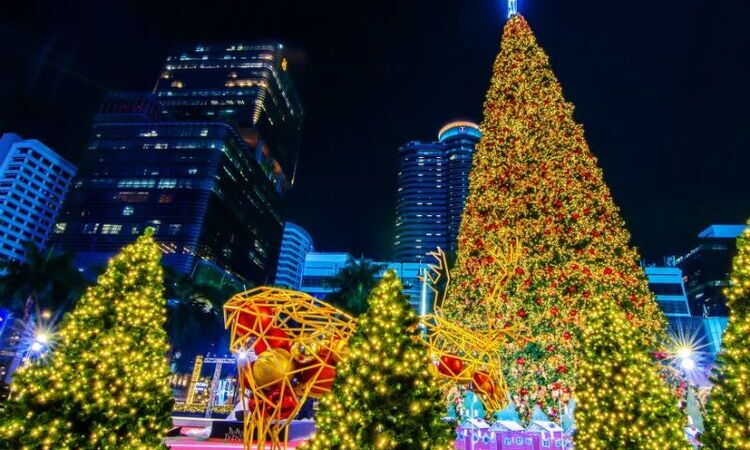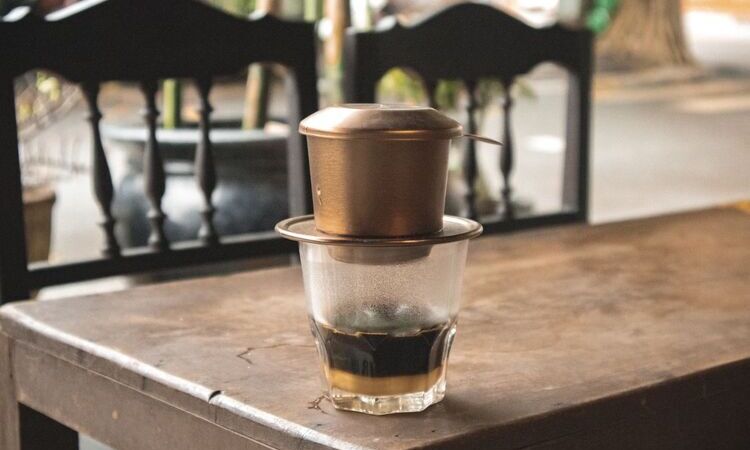Tonle Sap Lake in Cambodia - What makes it so unique?
The significance of Tonle Sap Lake is hard to grasp. From the Khmer Empire to modern-day Cambodia, it has always kept on giving with generosity.
Tonle Sap Lake is central to the shaping of Cambodia’s cultural identity and the way of life for millions of people. The greatness of Angkor might not have been possible if it had not been for this lake. And more interesting facts about this unique freshwater lake will be discussed in this article.
A natural wonder
Spanning across several Cambodian provinces, the Tonle Sap is so vast that you’ll feel like having just arrived on a Cambodian coastline. But what is unique about it is its significant changes in size and water level throughout the years. While the sheer size of 1,050 square miles (2719 square km) at the minimum is impressive enough, it can expand over four times at the peak of the rainy season.

Flooded forests
This is due to a phenomenon called ‘reversal flow’. During the dry season, the Tonle Sap River flows southward, draining water from the Tonle Sap Lake into the Mekong River at Phnom Penh. When the rainy season arrives, the flooding of the Mekong causes the flow to reverse, diverting water back into the lake. For about five months annually, it becomes the largest freshwater lake in Southeast Asia.
Like the beating heart of Cambodia, it revolves around the lives of over 3 million people who depend on it for a livelihood. As one of the most productive freshwater lakes in the world, it accounts for over 75 percent of Cambodia’s annual inland fish and 60 percent of Cambodia’s protein intake.
Contribution to the greatness of Angkor
Back in the heydays of the Khmer Empire in the 13th century, Angkor was home to around 900,000 people. That was 0.1 percent of the world population at that time. With the presence of the Tonle Sap, the Khmer people no longer had to worry about food and water. The fulfillment of subsistence needs enabled them to pursue and develop arts to the point that even we living in the modern world find marveling, with the most vivid example being the sophisticated bas-reliefs throughout Angkor Wat’s surface. The lake’s abundance had nourished a rich Khmer cultural heritage.

The magnificence of Angkor Wat
It also played a decisive role in the construction of Angkor. Situated in the middle of a plain, Angkor required stones to be transported from Mount Kulen, located 22 miles (35 km) away. The Khmer people, harnessing the currents of the lake, built a network of hundreds of canals to carry millions of bricks, some weighing up to 3,300 pounds (1,500 kg), from Mount Kulen to the site.

Mount Kulen
Bas-reliefs in Angkor’s temples depict various scenes regarding the relationship between the Khmer civilization and the Tonle Sap, including fishing and irrigation. It was also during the Angkorian period that floating villages started to emerge.
A bird-watching haven
In 1997, Tonle Sap gained official recognition as a UNESCO Biosphere Reserve thanks to its diverse wetland ecosystem, which sustains a substantial seasonal population of waterbirds.
The lake serves as a critical stopover and wintering site for countless migratory bird species. During the dry season, when water levels recede, the exposed mudflats and shallow waters become feeding grounds for migratory birds. Species such as storks, ibises, cranes, and shorebirds can be observed in impressive numbers.
The most prominent site for bird-watching is the Prek Toal Bird Sanctuary, located at the western end of the Tonle Sap. Here, you’ll find the largest concentration of threatened waterbirds in the region.
Resilient life on the water
It would be quite a different spectacle depending on what time of the year you’re visiting. In the dry season, the houses around it stand on high stilts, but in the rainy season, they look as if floating on the water. It is to be noted that the water level here can vary from 3.3 ft (1 meter) to a maximum of 33 ft (10 m).

Stilt houses during the dry season (left) and rainy reason (right)
Fishing and agriculture are the main sources of income for millions of people living in and around the lake's floodplains. Coming from 3 different ethnic groups, Vietnamese, Cham, and Khmer, they are considered ‘non-immigrant’ foreigners, without being granted legal status or recognition. They live in a world apart from the rest of society.

Boat houses
It is said that the abnormal ‘migration’ of the Vietnamese to the Tonle Sap dates back a long time ago. Vietnamese in the South used to engage in upstream fishing along the Mekong. Their boats doubled as their homes, constantly drifting and eventually reaching the lake. Based on information from Cambodian authorities, though constantly changing, there are approximately 8,000 households of Vietnamese origin residing here.

During the Khmer Rouge regime, the Vietnamese suffered heavy losses, as they were targeted for extermination. Many of them had to flee back to Vietnam. In the 1980s, some of the Vietnamese returned to the Tonle Sap, but they have still faced many challenges and uncertainties since. Basic services such as health care, formal education, and sanitation are a luxury here.

Separated into numerous communities, there are over 170 villages scattered throughout the area. Occupying "floating villages," which consist of stilted houses or boat houses, villagers can be seen during the day operating their long sampans and using bamboo fish traps to catch fish. Fully adapted to their natural surroundings, they spend most of their lives floating on the water. These resilient people have also built their own schools, gas stations, temples, and workshops - all ‘floating’.
What to know before visiting the Tonle Sap
Best time to visit:
If you want to see the lake in all its glory, with flooded forests, abundant wildlife, and floating villages, you should visit during the rainy season, which runs from June to October. Higher water levels also mean more extensive boat access. For bird enthusiasts, the ideal time to visit is between December and April.
Boat tours:
Boat tours are the primary way to explore the Tonle Sap and its floating villages. There are several departure points around the lake, including Chong Khneas, Kompong Phluk, and Kompong Khleang. Our expert-guided Cambodia tour offers the opportunity for both bird-watching and learning about the villagers’ lives which promises an insightful and comprehensive experience.
Related festival:
The Water Festival, celebrated annually in Cambodia, including in Phnom Penh, is deeply connected with the Tonle Sap. Locally called "Bon Om Touk," it marks the ‘reversal flow’. As the river's flow changes direction, it signifies the end of the rainy season and the beginning of the dry season, a critical event in the agricultural calendar.
During the festival, communities across Cambodia gather along the river banks to celebrate this natural phenomenon with boat races, cultural performances, and festivities. The races often feature traditional longboats, which historically played a crucial role in waterway transportation and trade.
The festival tends to fall within November, but the specific dates may vary slightly from year to year based on the Khmer lunar calendar.
It’s just fascinating as we delve into the wealth of stories behind the Tonle Sap. An immense gift from Mother Nature and a place to understand a lesser-known side of life, the lake unfolds beyond what is perceived at first glance. Ready to embark on a journey through the Tonle Sap and other Cambodian destinations? Design your trip with Exotic Voyages!




